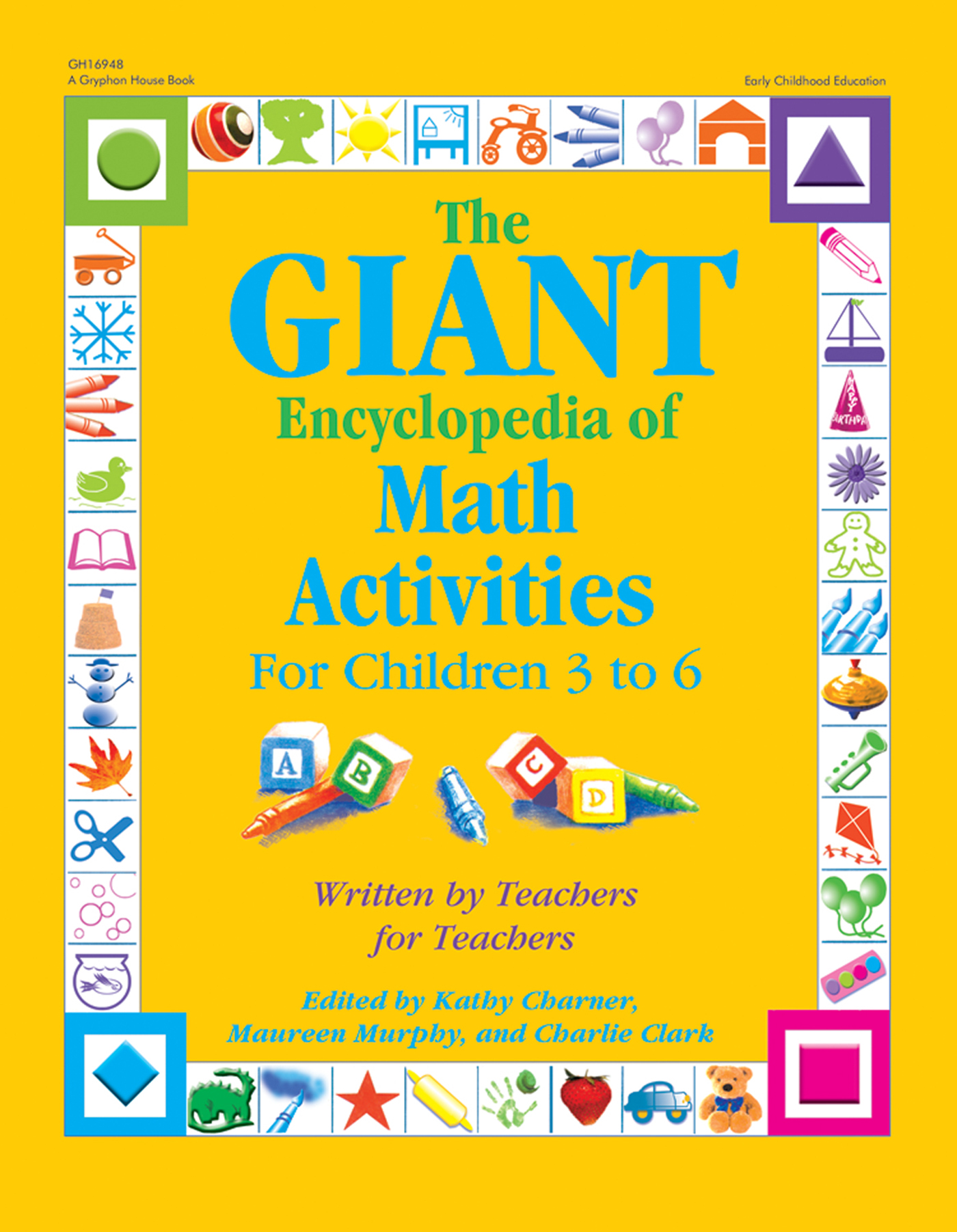Materials
empty containers in different shapes (yogurt cups, margarine tubs, juice boxeswith tops cut off, baby food jars, pie tins)tray with raised edges (to contain spills) or sand and water tablepopcorn kernelswaterfelt-tip markermasking tapepaper
Instructions
1. Clean and dry all containers. Let each child select a container. Help thechildren write their names on masking tape and stick it on their containers.2. Choose a "container of the day." Invite the children to discover whichcontainers hold more than, less than, or the same as the container of the dayby filling the day's container with water and popcorn kernels and then pouringthe substance from that container into their own container.3. Ask the children, "Is the container full, not full, or overflowing?" "Does thismean the second container holds more than the first, less, or the same?"4. Ask questions to encourage comparison, estimation, and thinking aboutmeasurement.5. Put all the containers that hold more in one spot, those that hold less inanother, and those that hold the same in yet another. Label the areas "more,""less," and the "same."6. After the children have sorted the containers, ask them if there are morecontainers that hold more, less, or the same. Help them count the containersin each category.7. Continue the process of predicting, filling the containers, and comparing howmuch each will hold, giving each child an opportunity to select a container tostart with. (You might want to repeat the activity over a period of severaldays.) This activity allows children to experiment with measurement withoutworrying about exact answers.
